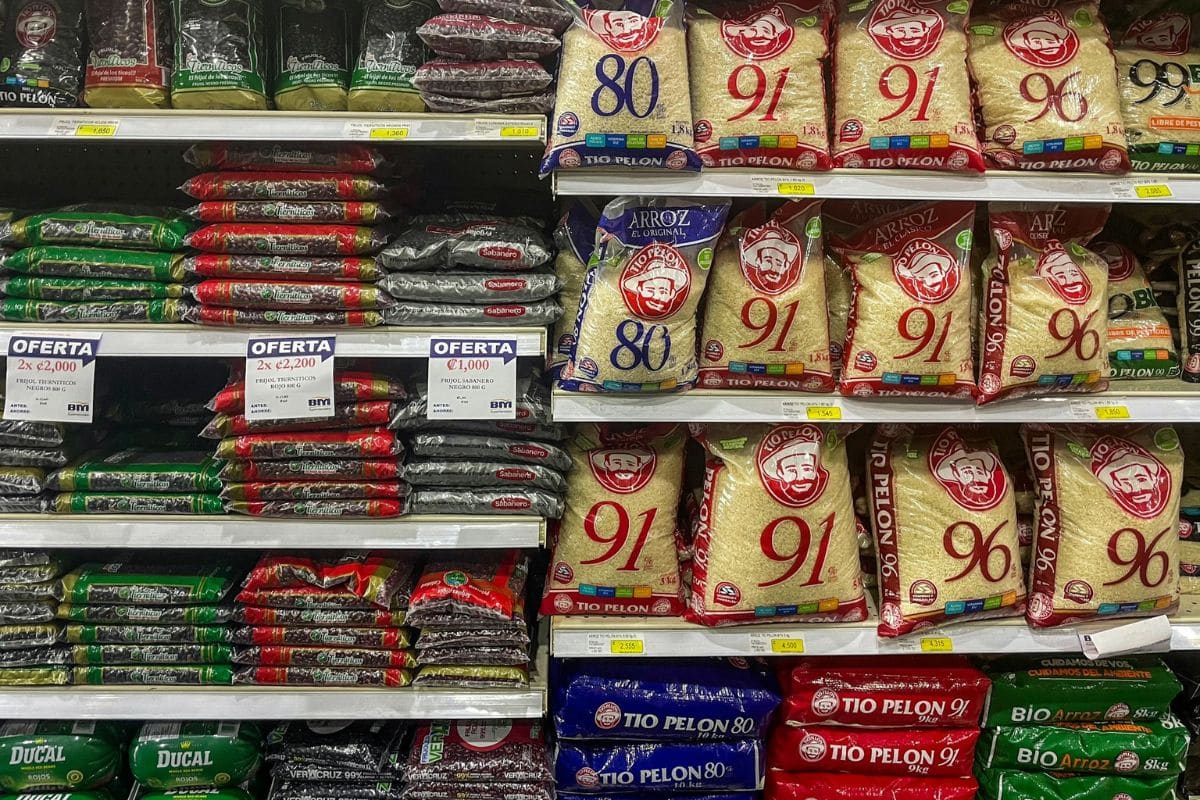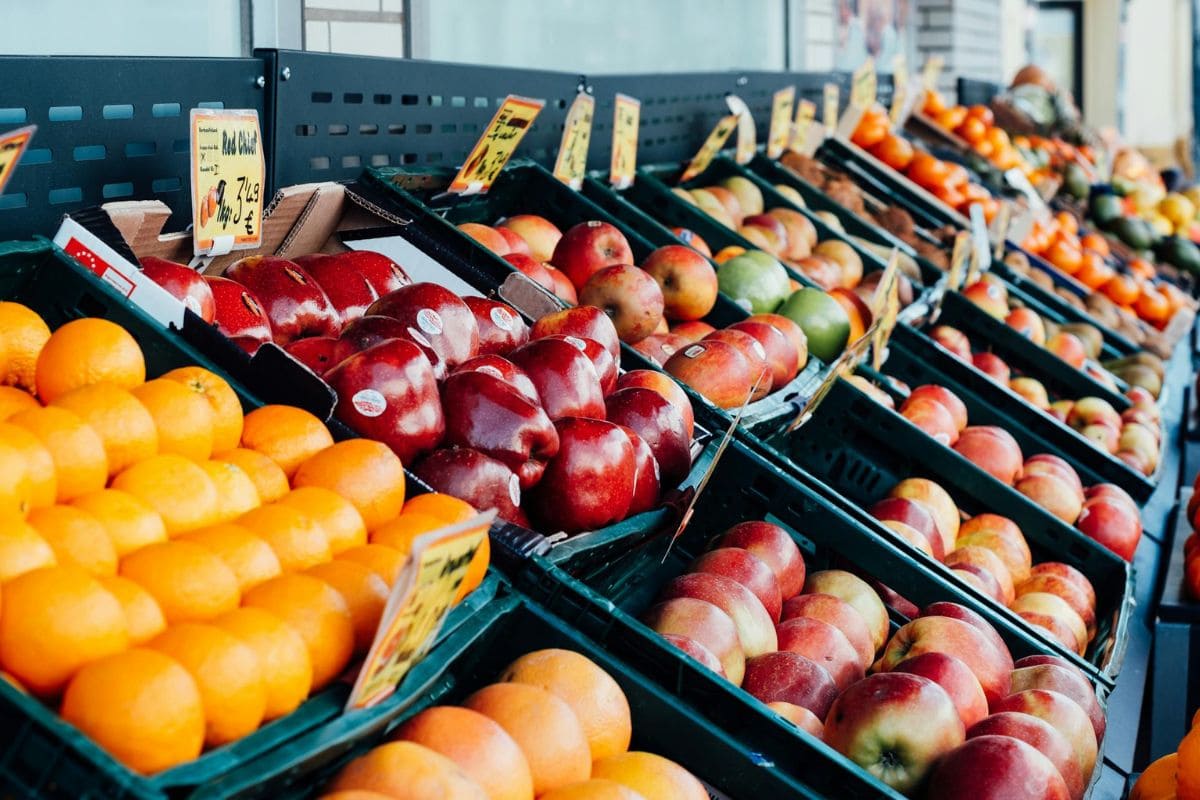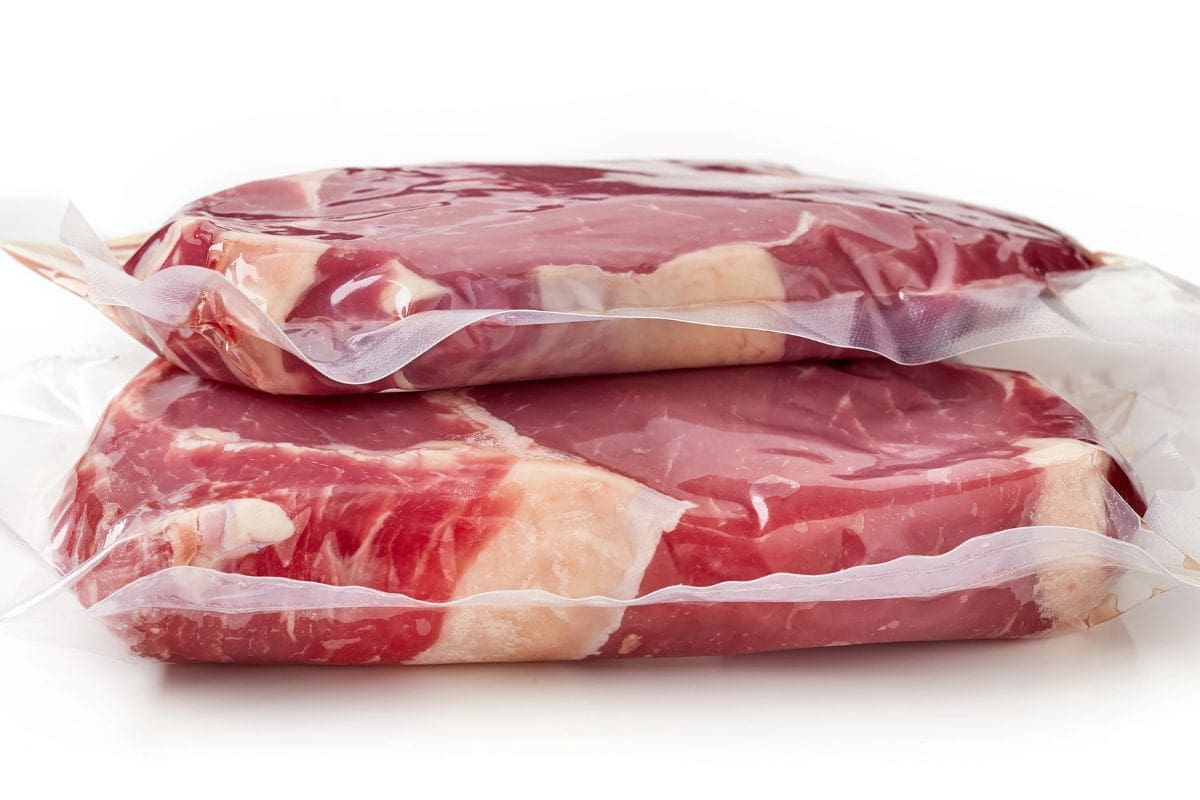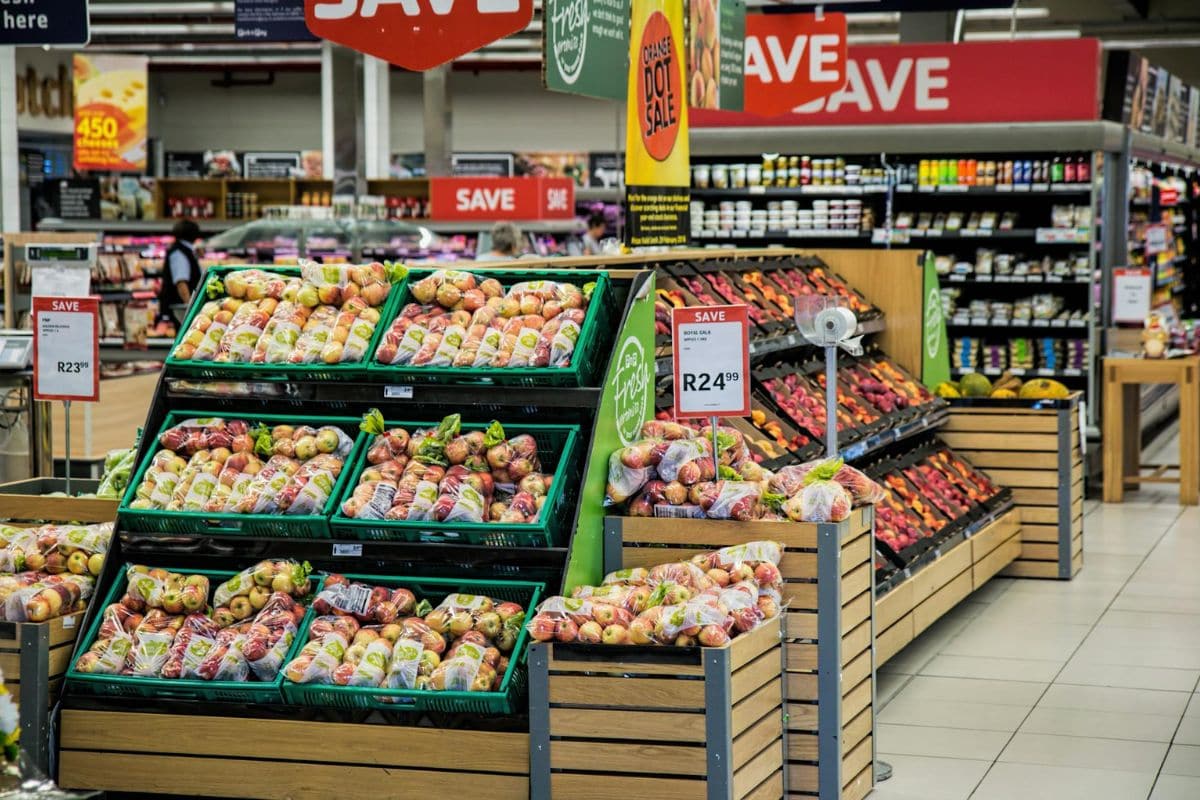This post may contain affiliate links which means I will get a commission if you make a purchase at no additional cost to you. As an Amazon Associate I earn from qualifying purchases. Please read my disclosure for details.
Grocery shopping can quickly become one of the biggest expenses in any household, but with a few strategic adjustments, you can significantly reduce your spending without compromising on quality.
As a food expert, I’ve seen firsthand how small shifts in habits can lead to substantial savings. Here are 15 simple changes that can help you stretch your dollar further.
Plan Your Meals Ahead

WANT TO SAVE THIS RECIPE?
Meal planning is one of the most effective ways to control grocery costs. By deciding what you’ll eat for the week and making a detailed shopping list, you avoid impulse purchases and reduce food waste. Knowing exactly what you need helps you stick to your budget and ensures that every item has a purpose.
Shop with a List

Going to the grocery store without a list is like cooking without a recipe—it can lead to chaos. A well-thought-out list keeps you focused and minimizes the chances of buying unnecessary items. It’s easier to resist tempting displays when you have a clear plan of what to buy.
Stick to the Perimeter of the Store

The outer aisles of most grocery stores typically house fresh produce, dairy, meat, and other whole foods, while the center aisles are packed with processed, packaged items. By focusing your shopping on the perimeter, you’ll naturally buy healthier, less expensive ingredients that can be used in multiple meals.
Buy in Bulk When It Makes Sense

Purchasing items like grains, beans, nuts, and spices in bulk can save a considerable amount over time. Bulk buying reduces packaging costs and allows you to get exactly the amount you need. Just be mindful to only buy in bulk if you’re sure you’ll use the products before they expire.
Related Post: 15 Make-Ahead Meals Perfect for Retirees Living Solo
Embrace Store Brands

Store-brand products often come from the same manufacturers as their name-brand counterparts but are sold at a fraction of the cost. In many cases, the quality is comparable, if not identical. Switching to store brands for staples like flour, sugar, pasta, and canned goods can lead to significant savings.
Sign up now to receive our exclusive e-cookbook filled with top-rated recipes for FREE!
Shop Seasonal Produce

Fruits and vegetables that are in season are usually more abundant, fresher, and cheaper than out-of-season produce. Seasonal items often travel shorter distances to get to the store, reducing transportation costs, which are passed down to the consumer. Plus, they taste better and are more nutrient-dense.
Related Post: 15 Classic Recipes Millennials Are Reviving (And Making Better)
Don’t Shop When You’re Hungry

Shopping on an empty stomach can lead to impulse buys, especially for snacks and convenience foods. Hunger makes everything look more appealing, and you’re more likely to stray from your list. Eating a small meal or snack before heading to the store can help you make more rational, budget-friendly decisions.
Related Post: 13 Classic ’70s Snacks That Are Gone for Good
Compare Unit Prices

Unit pricing allows you to see the cost per ounce, pound, or liter, making it easier to compare different brands and sizes. Sometimes, the larger package isn’t the better deal, and the unit price will reveal which option gives you the most value for your money. Taking a moment to check can lead to big savings over time.
Related Post: 15 Ways Boomers Can Save Money on Groceries
Use Coupons and Cashback Apps

Coupons, whether digital or paper, can significantly cut costs, especially when combined with sales. Cashback apps like Ibotta or Rakuten offer rebates on everyday purchases. While it takes a little effort to clip coupons or scan receipts, the savings can add up quickly.
Related Post: 12 One-Pot Meals Perfect for Busy Retirees
Limit Processed and Convenience Foods

Pre-packaged snacks, frozen dinners, and ready-to-eat meals often cost more than homemade alternatives. While they save time, they come with a hefty price tag. Cooking from scratch not only saves money but also gives you control over the ingredients, leading to healthier meals.
Sign up now to receive our exclusive e-cookbook filled with top-rated recipes for FREE!
Buy Frozen Fruits and Vegetables

Frozen produce is often just as nutritious as fresh and usually cheaper, especially for out-of-season items. It also has a longer shelf life, reducing the chances of food waste. Having a stash of frozen veggies and fruits on hand makes it easy to whip up healthy meals without extra trips to the store.
Related Post: 15 Produce Items That Stay Fresh the Longest
Reduce Meat Consumption

Meat can be one of the most expensive items on your grocery list. Incorporating more plant-based meals with beans, lentils, tofu, and grains can significantly lower your food costs. Even just having a few meatless meals each week can make a noticeable difference in your budget.
Related Post: The 12 Worst Leftover Storage Mistakes Baby Boomers Make
Check Your Pantry Before Shopping

Before heading to the store, take inventory of what you already have. This prevents you from buying duplicates and helps you plan meals around items you need to use up. Reducing food waste not only saves money but also helps the environment.
Related Post: 15 Foods to Avoid Buying if You Are Trying to Save Money
Shop Sales, But Wisely

While sales can offer great deals, they can also tempt you to buy items you don’t really need. Focus on stocking up on staples you regularly use when they’re on sale. Combining sales with coupons or cashback offers can maximize your savings without leading to unnecessary purchases.
Related Post: 15 Simple Ways to Stick to a Grocery Budget
Conclusion

Lowering your grocery bill doesn’t require extreme measures—just a few mindful changes can make a big impact.
By planning ahead, making informed choices, and being a savvy shopper, you can enjoy delicious, nutritious meals while keeping your budget in check. These simple strategies not only help you save money but also encourage healthier eating habits.
Disclaimer: This list is solely the author’s opinion based on research and publicly available information.
12 Budget-Friendly Recipes That Stretch Your Grocery Dollar

When it comes to saving money without sacrificing flavor, the key is finding recipes that maximize simple, affordable ingredients. Packed with bold flavors and clever cooking techniques, each dish stretches your dollar while satisfying your taste buds.
Read it here: 12 Budget-Friendly Recipes That Stretch Your Grocery Dollar
12 One-Pot Meals Perfect for Busy Retirees

Retirement brings the joy of time and freedom, but it also brings the challenge of keeping meals easy, delicious, and not too time-consuming. Whether you’re cooking for yourself or sharing meals with family, these 12 one-pot meals will help keep the kitchen stress-free without compromising on flavor.
Read it here: 12 One-Pot Meals Perfect for Busy Retirees
25 Easy Healthy Desserts to Satisfy Your Sweet Cravings Guilt-Free

Sweet cravings? Check out this list of easy healthy desserts. It includes fruit salads, cakes, and cookies—all made with healthier ingredients.
Read it here: 25 Easy Healthy Desserts to Satisfy Your Sweet Cravings Guilt-Free
Is Walmart+ Still Worth It in 2025? The Truth After 3 Years

Could you be missing out on major savings and life-changing convenience? After three years with Walmart+, I’m sharing the honest truth about what’s worth it—and what’s not. Don’t sign up (or skip out!) without reading this first!
Read it here: Is Walmart+ Worth It? Honest Review 3 Years Later!
You’ll love these related posts:
- 25 Black People Food Ideas That Celebrate Tradition and Flavor
- 25 Soul Food Recipes Southern Foodies Can’t Stop Raving About
- Viral TikTok Baked Sushi Recipe – Tastes Better Than You Think!
- 25 Cheap Family Dinners So Filling, Everyone Will Leave the Table Happy
- 30+ Charcuterie Board Ideas That Prove You’ve Been Doing It All Wrong!
